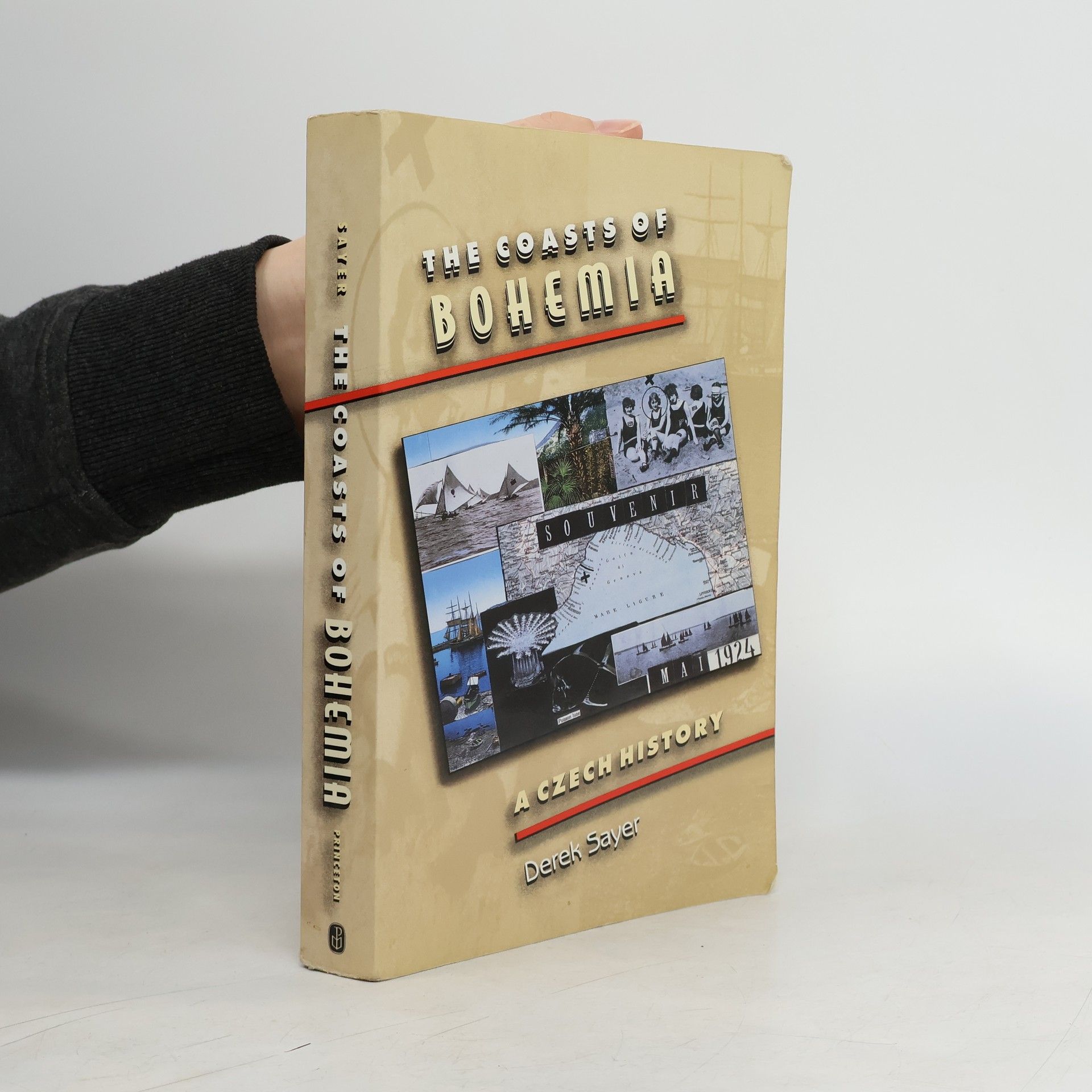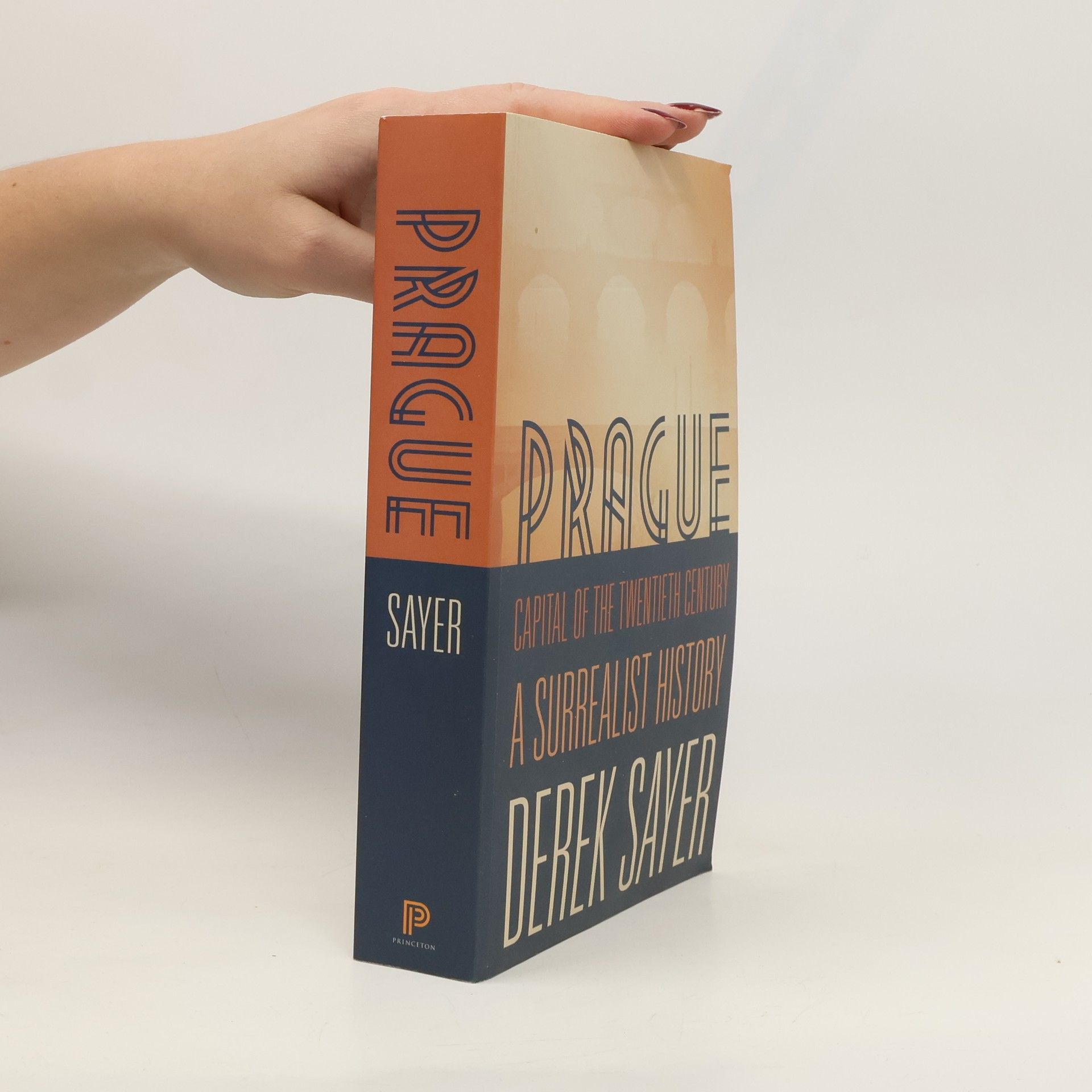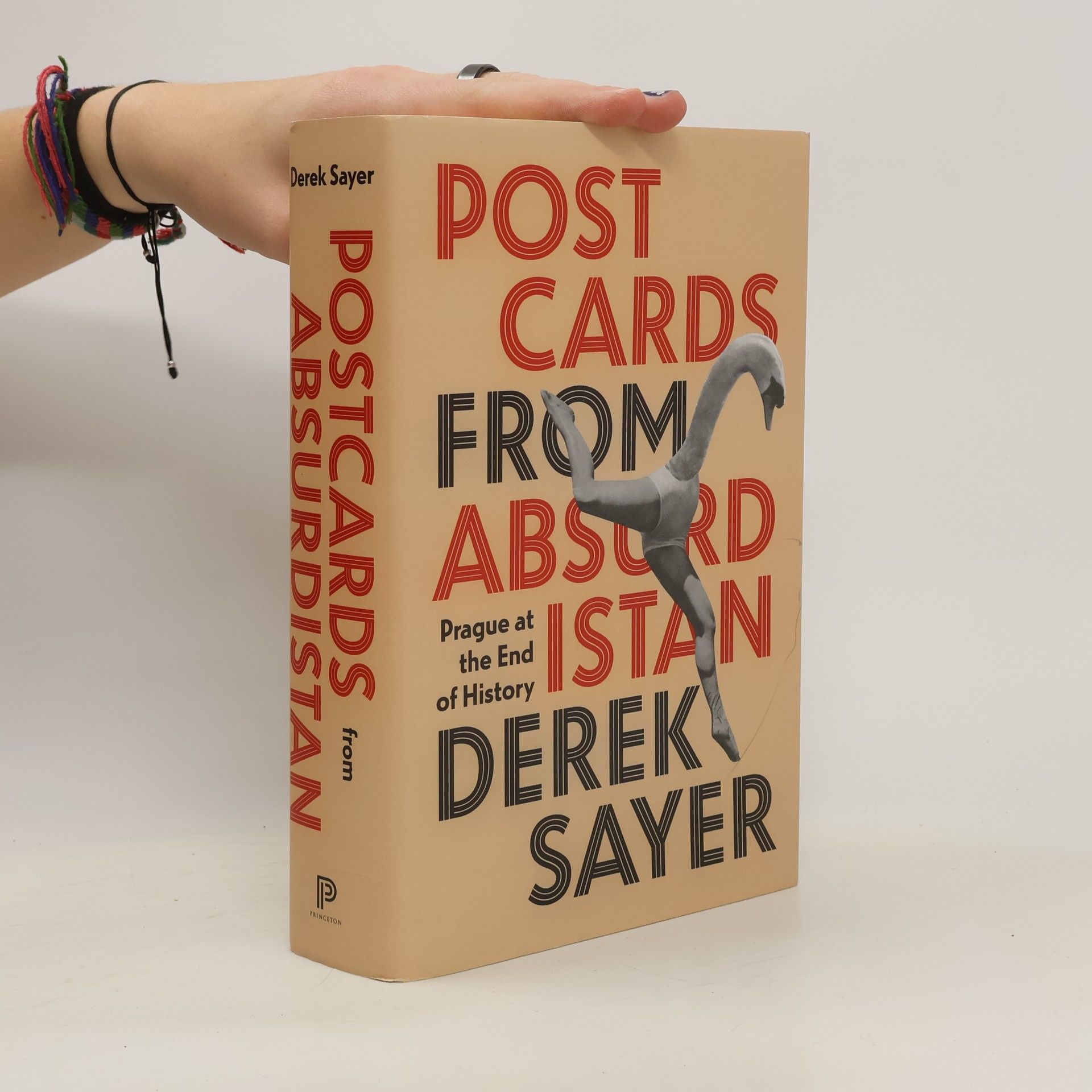"This book is the third in a trilogy that looks at the cultural history of Prague in order to tell the larger story of competing notions of European modernity-Reformation and Counter-Reformation, empire and nation, fascism and democracy-as they all played out on a single stage. This volume begins in 1938, when Czechoslovakia was dismembered by the Munich agreement and shortly before the invasion of the Third Reich, and it runs until the present day, when liberal democracy appears to be giving way to right-wing populism (as in much of the world). Like the previous volumes in the series, it sees Prague as a palimpsest of the cultures that overtook it-cultures that aimed to impose their own visions of modernity on the city. In this book, Sayer charts three major "modernities:" the Third Reich's brutal totalitarianism, the shifting face of Soviet communism, and the supposed freedoms of Western capitalist democracy. In Sayer's reading, the Nazis, Soviets, and Western democrats each believed that Prague had reached the end of history, that it had achieved "the final form of human government" (in Fukuyama's words). All were proved spectacularly wrong. As these political movements disintegrated, they returned the city to a state of banal surreality that Czech dissidents in the 1960s dubbed Absurdistan. Putting the notion of Absurdistan at the center of his story, Sayer engages with artists, creators and the things they produced, which unsparingly revealed the absurdity of the "modern" world and its notions of progress. He explores the work of Milan Kundera, Miloš Forman, Václav Havel, and many others lesser known in the Anglophone world. He examines the tradition of vulgar absurdist comedy beginning with Kafka, and he shows how Prague's cultural products have been marked by persistent moral ambiguity, or in Kundera's words, "the intoxicating relativity of human things," since the mid-century. The overarching argument of this book is that, by looking to Prague's cultural history, we can see that modernity has never been a single or stable notion, and as different ideologies of modernity have come head-to-head, they have produced a rich culture of ambiguity and absurdity. We published the first two books in the trilogy, The Coasts of Bohemia: A Czech History (1998), which spanned the 18th to the turn of the 20th century, and Prague, Capital of the Twentieth Century (2013), which looked at modernism and revolutionary thinking in Prague in the first half of the 20th century. Both books did well, and Prague, Capital of the Twentieth Century won the prestigious George L. Mosse Prize for European cultural and intellectual history from the American Historical Association"-- Provided by publisher
Derek Sayer Livres







Setting out to recover the roots of modernity in the boulevards, interiors, and arcades of the "city of light," Walter Benjamin dubbed Paris "the capital of the nineteenth century." In this eagerly anticipated sequel to his acclaimed Coasts of Bohemia: A Czech History, Derek Sayer argues that Prague could well be seen as the capital of the much dar
A re-assessment of the opinions of Karl Marx and Max Weber on modernity, this book reveals a remarkable agreement between their sociologies of the modern condition. The author suggests that they produced a critique of the nature of power and subjectivity in modern society.
Prague, capital of the twentieth century : a surrealist history
- 595pages
- 21 heures de lecture
Asserts that Prague could well be seen as the capital of the twentieth century, describing how the city has experienced and suffered more ways of being modern than perhaps any other metropolis.
A cultural history of the Czech people, examining the significance of the small central European nation's artistic, literary, and political developments from its origins through approximately 1960.
The book critiques the Research Excellence Framework (REF), arguing that it fails to meet the standards of genuine scholarly peer review. Through a detailed examination of university and national REF processes compared to established practices in academic publishing and tenure in North America, the author presents a compelling analysis of the REF's legitimacy. This raises critical questions about the role of academics and universities in a flawed system and the implications of government reliance on REF rankings for public policy decisions.
Prague : crossroads of Europe
- 280pages
- 10 heures de lecture
Thirty years ago, Prague was a closed book to most travelers. Today, it is Europe’s fifth-most-visited city, surpassed only by London, Paris, Istanbul, and Rome. With a stunning natural setting on the Vltava river and featuring a spectacular architectural potpourri of everything from Romanesque rotundas to gothic towers, Renaissance palaces, Baroque churches, art nouveau cafés, and cubist apartment buildings, Prague may well be Europe’s most beautiful capital city. But behind this beauty lies a turbulent and often violent history, and in this book, Derek Sayer explores both. Located at the uneasy center of the continent, Prague has been a crossroads of cultures for more than a millennium. From the religious wars of the middle ages and the nationalist struggles of the nineteenth century to the modern conflicts of fascism, communism, and democracy, Prague’s history is the history of the forces that have shaped Europe. Sayer also goes beyond the complexities of Prague’s colorful past: his expert, very readable, and exquisitely illustrated guide helps us to see what Prague is today. He not only provides listings of what to see, hear, and do and where to eat, drink, and shop, but also offers deep personal reflection on the sides of Prague tourists seldom see, from a model interwar modernist villa colony to Europe’s biggest Vietnamese market.
Praha, hlavní město 20. století: Surrealistická historie
- 516pages
- 19 heures de lecture
Derek Sayer ve své monumentální knize skládá střípky kulturních dějin Prahy a Československa mezi dvěma světovými válkami, aby ukázal, jak zapadají do mozaiky evropských dějin. Autor se zaměřuje na kontakty surrealistů jako Guillaume Apollinaire, André Breton a Paul Éluard s českými umělci jako Vítězslav Nezval a Toyen. Dějiny umění se zde odrážejí v meziválečné situaci, kde události v Praze připomínají prorocké sny, jež předznamenávají významné evropské události. Sayer ukazuje, jak se sny avantgardy snadno mění v noční můry dvacátého století, a jak se kruté žerty historie jeví jako příklady černého humoru. Praha byla svědkem revolucí, invazí, holocaustu a snů o „socialismu s lidskou tváří“. V době, kdy byla hlavním městem východní parlamentní demokracie, byla také centrem umělecké a architektonické moderny, hned za Paříží. Sayer zkoumá moderní budovy, památky, obrazy, knihy, filmy a výstavy, přičemž Praha byla místem, kde se utopické fantazie století opakovaně rozplývaly. Město produkovalo znalce ponuré komedie, od Franze Kafky po Václava Havla, a jako takové bylo šité na míru surrealistickému „černému humoru“ André Bretona.

